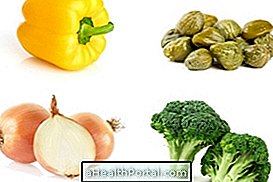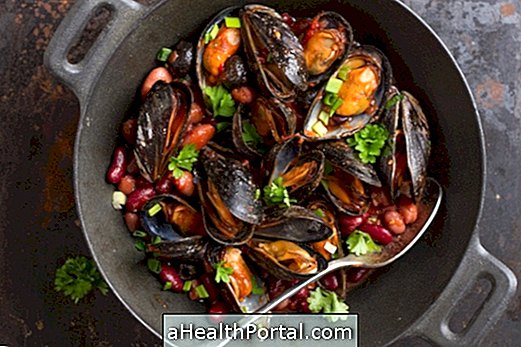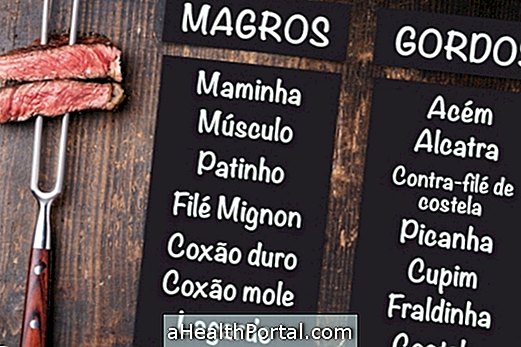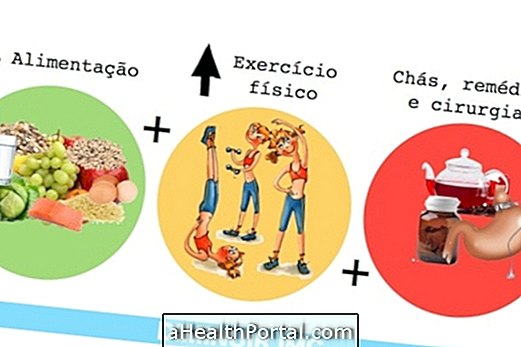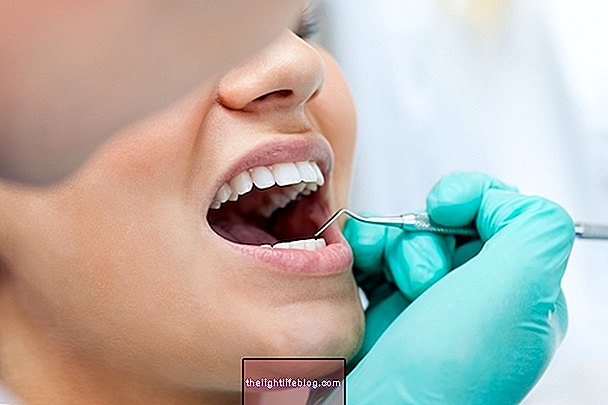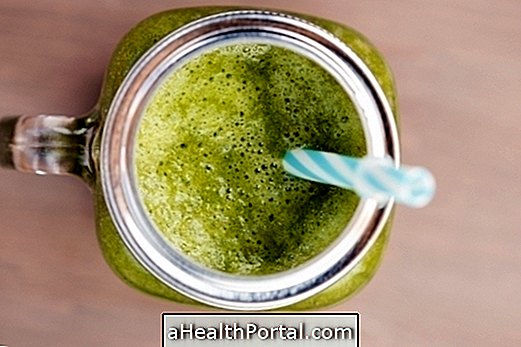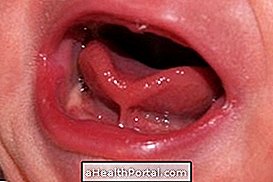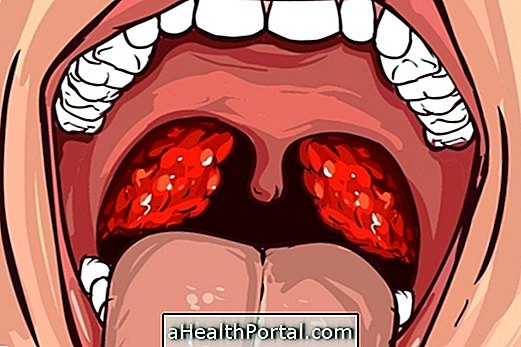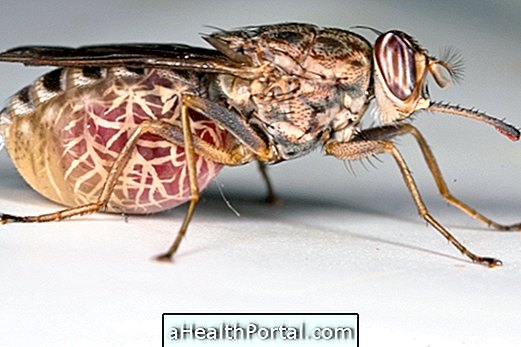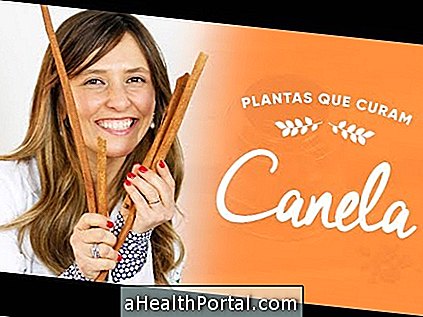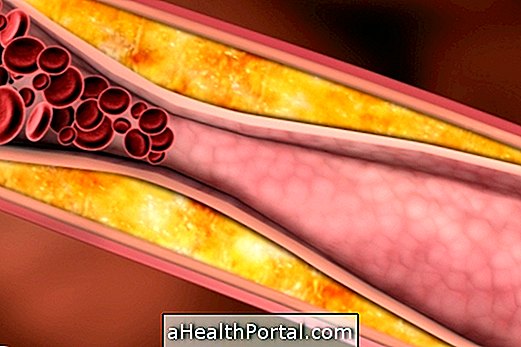Probiotics are beneficial bacteria that live in the gut and improve the overall health of the body, bringing benefits such as facilitating digestion and absorption of nutrients, and strengthening the immune system.
When the intestinal flora is in imbalance, what happens after the use of antibiotics or when you do not have a healthy and balanced diet, the intestine ends up being populated by bad bacteria that do not help the immune system and leave the body susceptible to diseases.

What are probiotics for?
The main benefits of probiotics include:
- Combat and prevent intestinal diseases like colitis, irritable bowel syndrome, Chron's disease and intestinal inflammation;
- Fight diseases like cancer, candidiasis, hemorrhoids and urinary tract infection.
- Improve digestion and fight heartburn;
- Combat constipation and diarrhea by regulating intestinal transit;
- Increase the absorption of nutrients, such as vitamin B, calcium and iron;
- Strengthen the immune system by increasing the production of defense cells called macrophages;
- Prevent the proliferation of bad bacteria in the gut;
- Helping to digest lactose, especially in people with lactose intolerance;
- Prevent problems like obesity, high cholesterol and hypertension;
- Prevent food allergies and intolerances.
A healthy intestinal flora rich in probiotics begins to form from birth, especially when the baby is born by normal delivery and when exclusively breastfed during early life.
How to take probiotics
There are two main ways of ingesting probiotics: the first is by increasing food intake with natural probiotics, such as yogurt or kefir, for example, and the other is by using probiotic supplements.
1. Probiotic food

Some foods are high in natural probiotics. Some examples of these foods include:
- Natural Yogurt: They are the main and easiest source of probiotics on the market, but there are also versions of flavored yogurts that keep the beneficial bacteria alive;
- Kefir: is a fermented product with yeast and bacteria that looks similar to yogurt but has a higher content of probiotics. See more about kefir;
- Fermented milk: they are special products that generally contain Lactobacillus added by the industry, being the Yakult most famous;
- Kombucha: a fermented drink made mainly from black tea;
- Oriental products based on soybeans, vegetables and greens such as Miso, Natto, Kimchi, which can be purchased at specialty stores.
To maintain healthy flora, it is advised to consume at least 1 source of probiotic food per day, especially during and after the use of antibiotics, which end up destroying the healthy intestinal flora as well. Here's how to make homemade yogurt.
2. Probiotic Supplements

In addition to food, probiotics can also be consumed in the form of supplements in capsules, liquids or sachets, which must be diluted in water or natural juices to be consumed. Some examples are PB8, Simfort, Simcaps, Kéfir Real and Floratil, and can be found in pharmacies and nutritional product stores.
There are several types of supplements, which include between 1 to 10 different types of probiotics. The most important are usually:
- Bifidobacteria animalis : it helps to strengthen the immune system, besides helping in the digestion and the fight against bacteria transmitted by contaminated food;
- Bifidobacteria bifidum : are present in the small and large intestine, helping in the digestion of dairy products;
- Bifidobacteria breve : they are present in the intestine and in the vaginal tract and they help to fight infections by bacteria and fungi;
- Bifidobacteria longum : is one of the most common types of probiotics in the gut and helps to eliminate toxins from the body;
- Lactobacillus acidophilus : is perhaps the most important type that helps in the absorption of various nutrients, in addition to fighting infections and facilitating digestion. L. acidophilus are also present in the vagina, helping to fight infections;
- Lactobacillus reuteri : are especially present in the mouth, stomach and small intestine, being important against H. pylori infection;
- Lactobacillus rhamnosus : they are present in the intestine and can help fight rapidly cases of diarrhea, especially when traveling to other countries;
- Lactobacillus fermentum : help neutralize products and toxins released during digestion, improving the environment for the growth of the intestinal flora.
The greater the diversity of probiotics, as well as the number of bacteria within each tablet, the better the supplement, as it will facilitate the faster development of a healthy intestinal flora. Ideally probiotics should be ingested before or shortly after a meal, so that foods help bacteria survive gastric acid and reach the intestine, where they can multiply more easily.
It is important to remember that consuming probiotics in the form of supplements or foods rich in these bacteria, it is also important to maintain a healthy diet rich in fiber, as the fibers are the main food for probiotics, favoring their survival in the intestine.
Difference between Prebiotic and Probiotic
While probiotics are healthy bacteria that populate the gut, prebiotics are fibers that serve as food for probiotics and that favor their survival and proliferation in the gut.
Some examples of natural prebiotics are oats, onions, garlic, green bananas, green banana biomass,
